Do you love the outdoors and hate having to retreat back inside every time the weather takes a turn for the worse? Patio covers can provide you with the perfect solution for enjoying your outdoor space, no matter the conditions. Whether you are looking to add a touch of style to your home, protect your outdoor furniture, or create a comfortable outdoor living space, patio covers can provide you with the protection you need to make the most of your outdoor space.
Patio covers are structures that are attached to a building, typically a home, and used to provide shade and protection from the elements. They come in a range of materials, styles, and designs, allowing you to choose a patio cover that will complement the look and feel of your home. Some popular options include wood, aluminum, vinyl, and fabric.
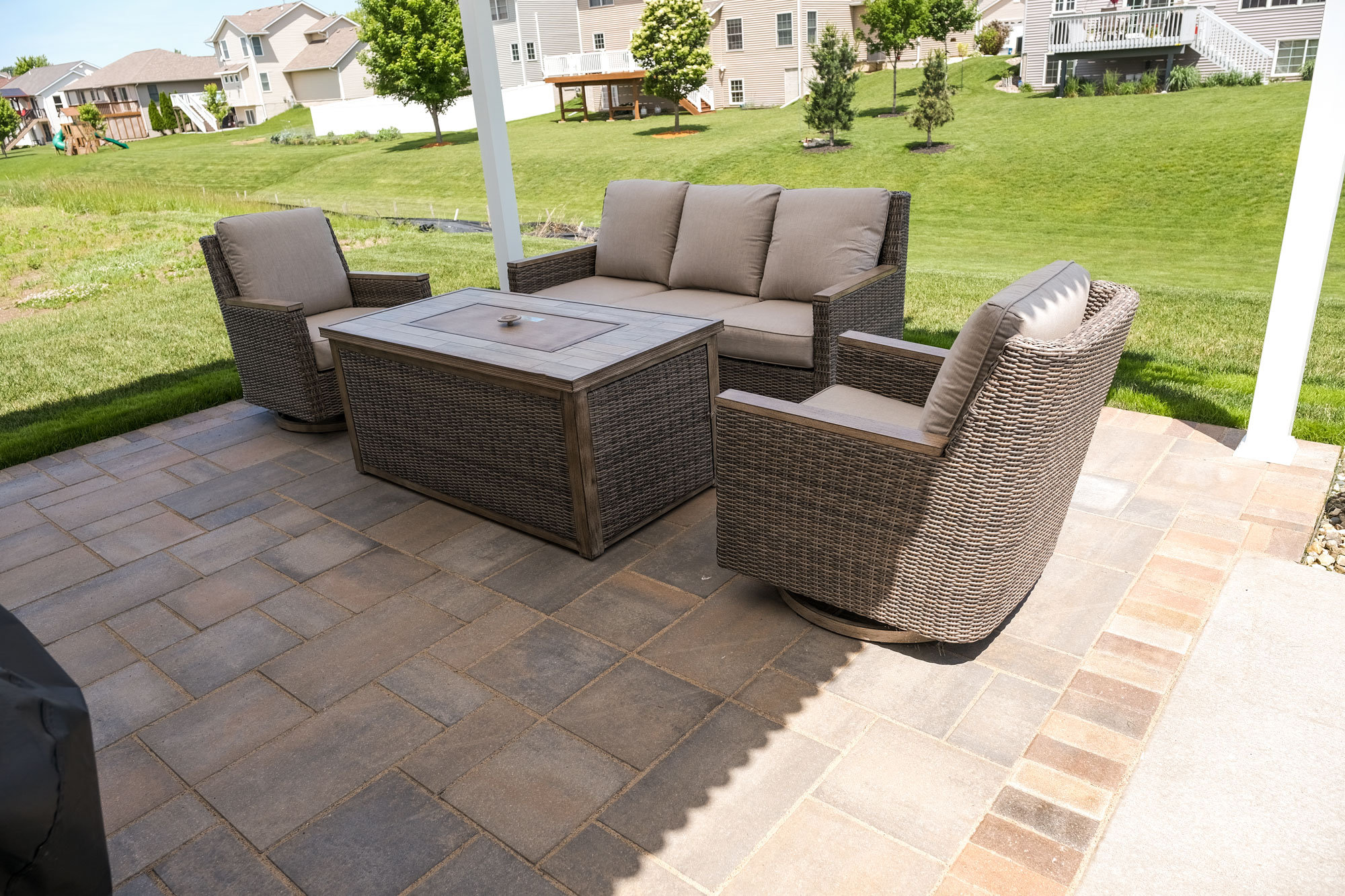
There are many reasons why you might want to consider adding a cover over your patio.
There are several types of patio covers to choose from, each with its own unique benefits, pros and cons.
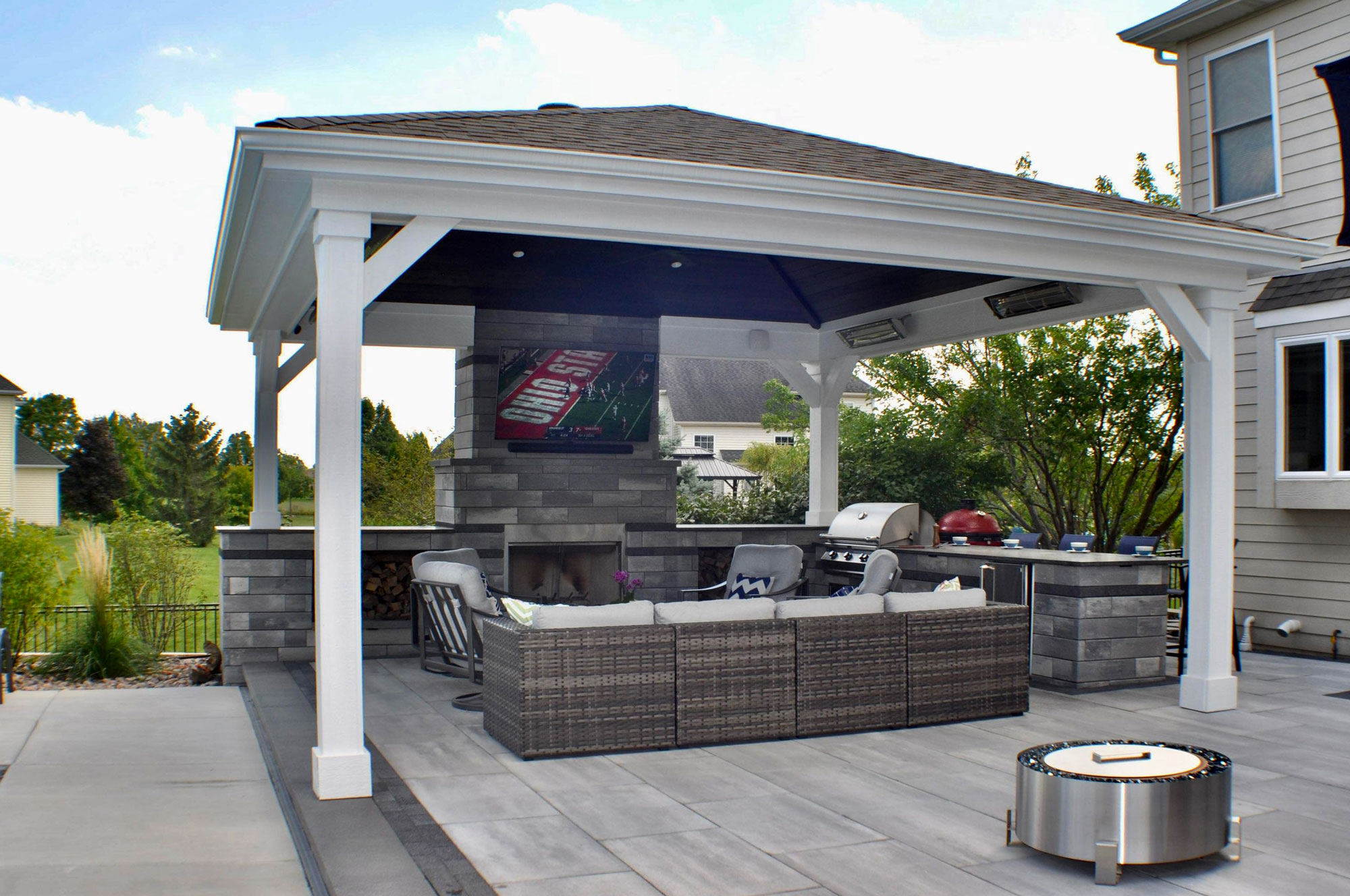
A solid roof cover will provide the most shade for patio enjoyment. They are typically made from wood, aluminum, or vinyl are typically a very permanent solution for your patio cover needs. Styles are often an Gable/A-Frame roof, flat roof, or lean-to style structure. The biggest disadvantage to a solid roof cover is often the cost. Because they are more permanent addition with more complex structural variables, it will take more money and time to build a solid roof patio cover over other types of covers. Another disadvantage can be the solid roof trapping heat above your structure making it not as comfortable to use in the hot summer as other options.
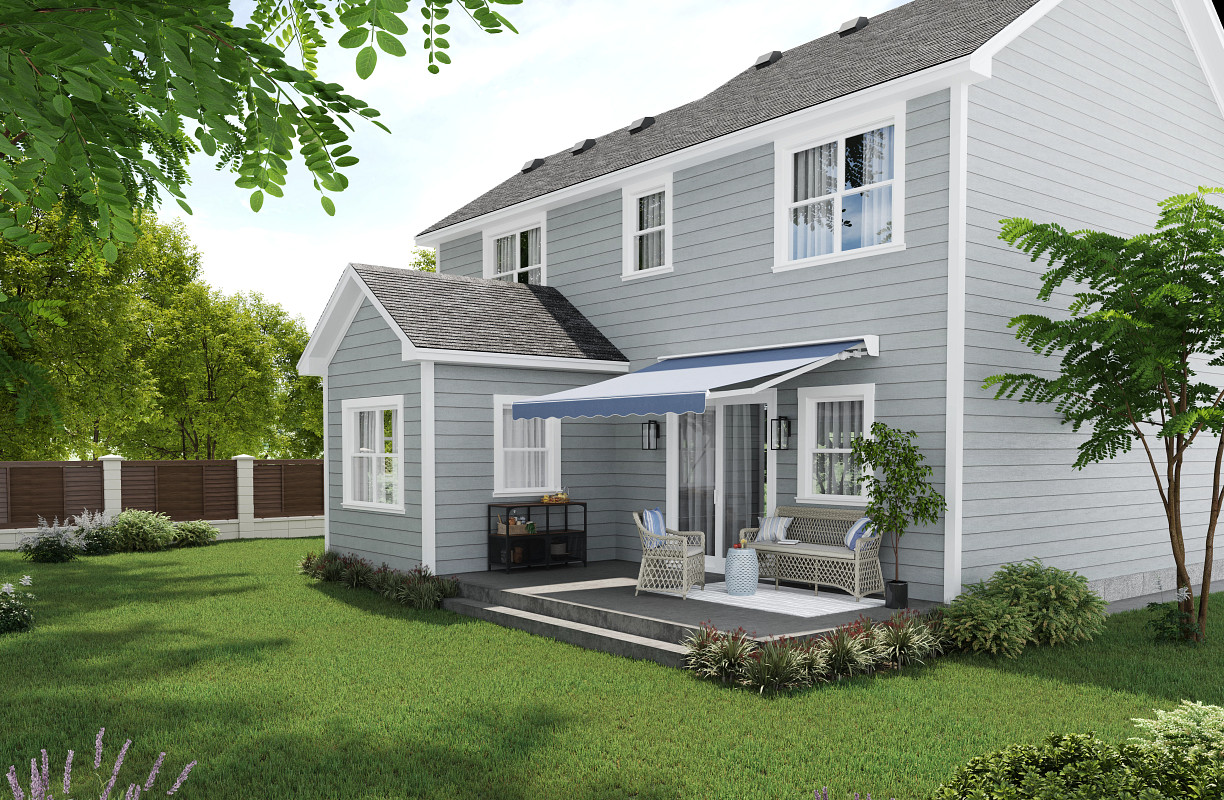
Retractable awning covers are a great option if you want the flexibility to enjoy the sun or shade as you please. The cantilever shade structure can be easily opened and closed and come in a range of materials and designs. The downside to retractable patio awnings is it has a more limited lifespan. Motorized retractable covers are at the mercy of mechanical failure. While manual retractable covers require more effort to set up to actually enjoy your space. Most retractable covers will be made of fabric and that fabric will not hold up as well as more durable materials such as metal or vinyl. And if you live in a windy area, the force of wind can really cause a lot of damage to a retractable cover that was left open.
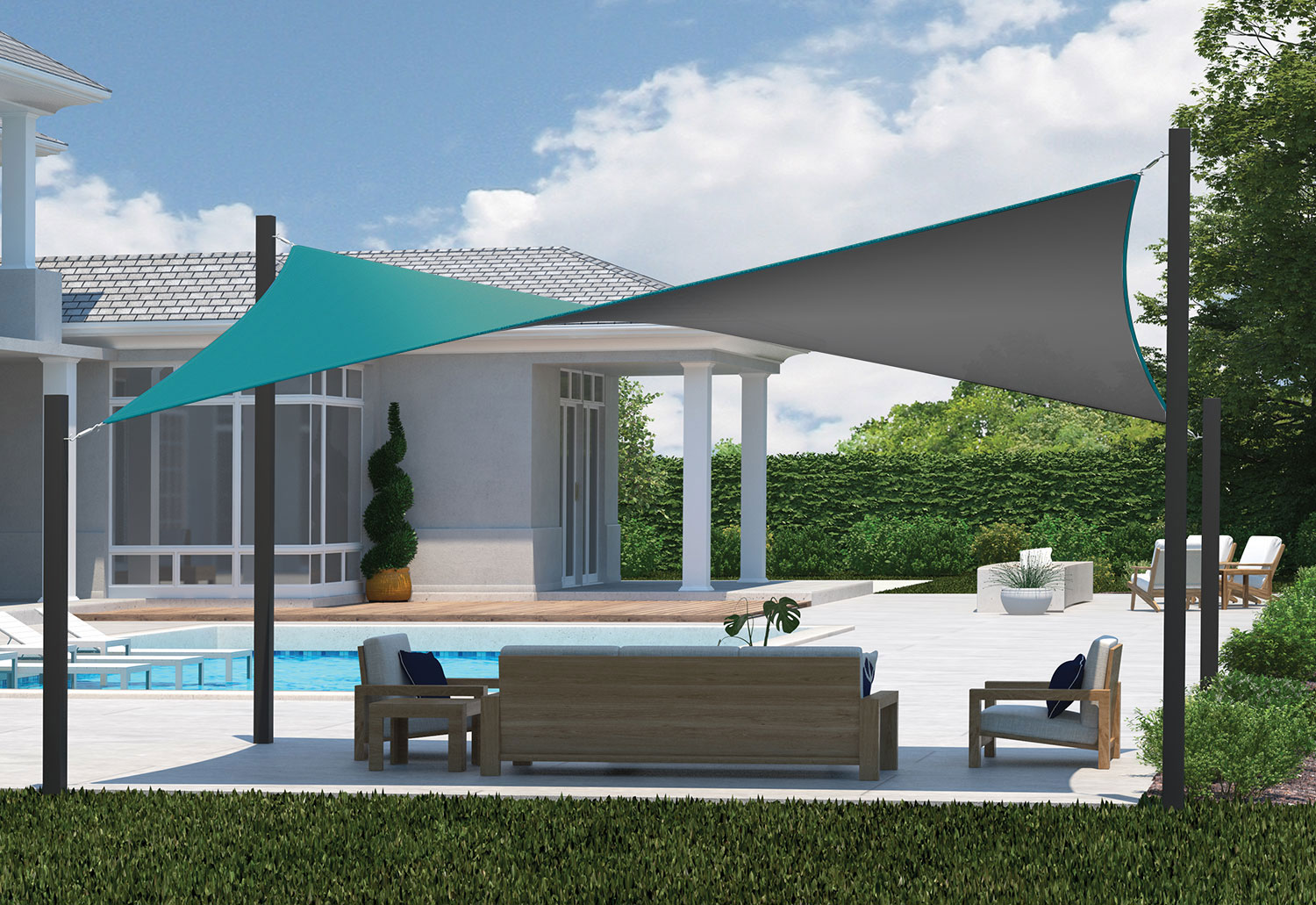
Sun Sail Canopies, like their retractable cover cousins, are typically made from a waterproof or weather resistant fabric. The fabric shade sail is attached to either freestanding posts or attached to the side of a structure through eye bolts or similar specialty hardware. This is a low-cost alternative to the more permanent structural options for patio covers. They come in a wide range of colors and sizes. In the cons category for overhead sunshades is that they donít last as long as a structural patio cover. Can rip or blow away in strong winds and need to be set at an angle to keep water from pooling on them.
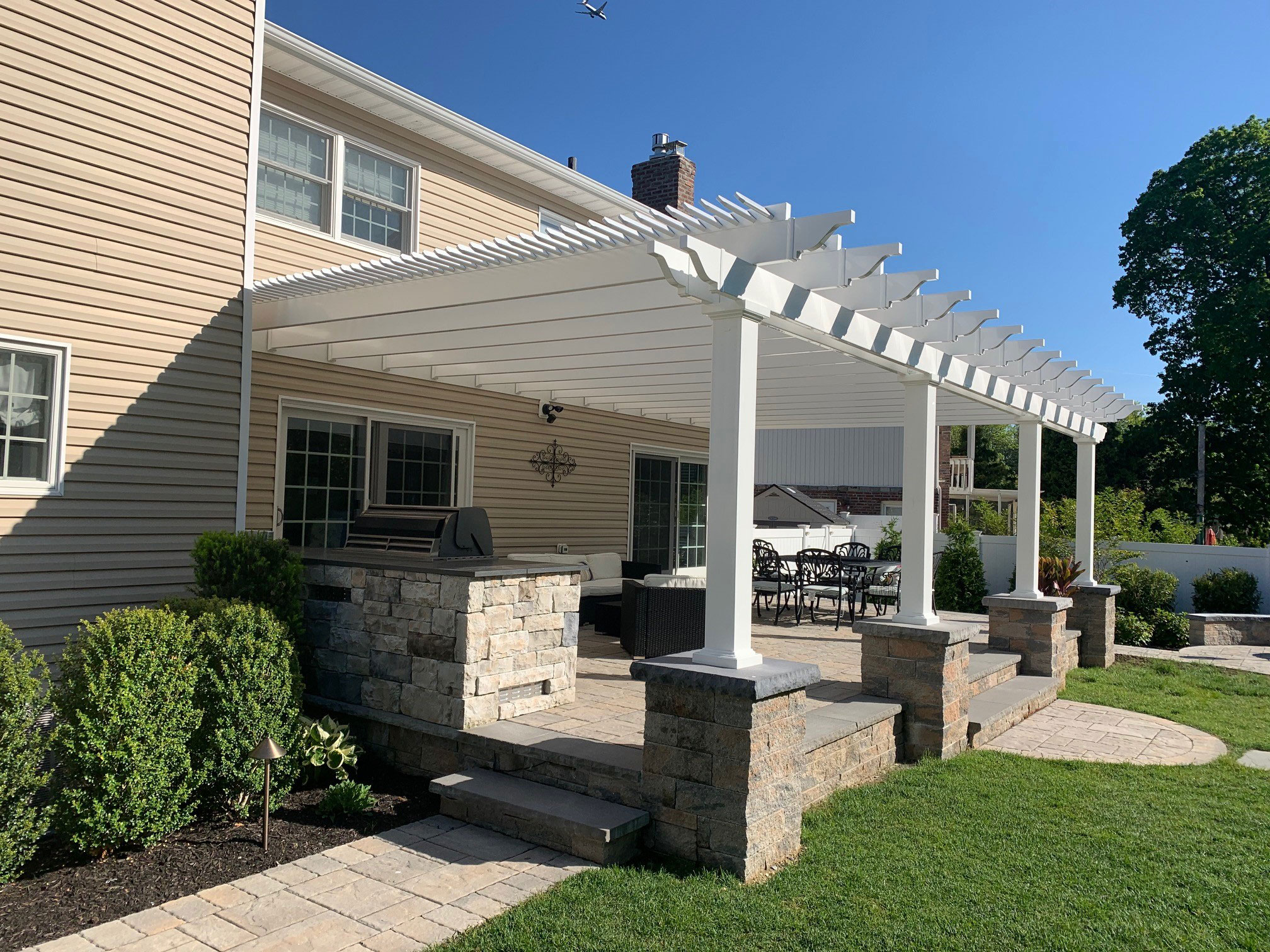
One of the most important factors to consider when choosing a patio cover is the material. Patio covers can be made from a variety of materials, including aluminum, wood, vinyl, and steel, each with its own unique benefits and drawbacks. When choosing a material, consider the climate in your area, your budget, and the overall look you want to achieve.
Another factor to consider when choosing a patio cover is the style. There are many different styles of patio covers to choose from, including traditional, contemporary, and custom designs. Consider the style of your home and the overall look you want to achieve when choosing a style for your patio cover.
The cost of a patio cover can vary greatly depending on the material, style, and size. When choosing a patio cover, be sure to consider both your budget and expectations for the longevity of your structure. Choosing a solution that fits within that budget while still providing the level of protection and style you want.
Another factor to consider when choosing a patio cover is the level of maintenance required. Some materials, such as aluminum and vinyl, require very little maintenance, while others, such as wood or fabric materials, may require more frequent upkeep. Consider your lifestyle and the amount of time and effort you are willing to put into maintaining your patio cover when making your decision.
The climate in your area can also have a significant impact on the type of patio cover you choose. For example, if you live in an area with high winds or heavy rainfall, you may want to choose a material that is more durable and resistant to weather damage, such as vinyl or aluminum. On the other hand, if you live in a warmer climate, you may want to choose a material that is more lightweight and breathable, such as fabric.
Finally, be sure to consider any local building codes and regulations for your area before making your final decision. Some municipalities have specific requirements for the type and size of patio covers that are allowed.
The cost of a patio cover can vary greatly depending on the material, style, and design you choose. On average, a basic patio cover can cost anywhere from $1,000 to $5,000, while a high-end solution can cost upwards and over $10,000. When taking in the cost, remember that some solutions will require replacement every couple of seasons while others may never need to be replaced!
The care required for your patio cover will depend on the material you choose. Wood patio covers should be stained or painted every few years to protect against weather damage, while aluminum and vinyl patio covers require little to no maintenance. Be sure to follow the manufacturer's recommendations for care and maintenance.
Installing a patio cover can be a challenging and time-consuming task. If you have the skills and tools to do the job, you can definitely install your own patio cover. If you don't have any experience in building structures or just don't want the extra work, it would be best to work with a professional to ensure a high-quality and long-lasting solution. If you do choose to install the patio cover yourself, be sure to follow the manufacturer's instructions carefully and have all necessary tools and materials on hand.
Yes, a patio cover can be added to an existing patio! Depending on the type of cover or structure it may need to be anchored securly to your patio, secured with footings around your patio or properly fastened to your strucutre. For some patio covers it may be best to work with a professional to ensure a seamless and functional solution. An experienced professional will be able to assess the structure of your existing patio to design a patio cover that will provide the necessary support and protection.
Yes, patio covers can be customized to fit your style and preferences. From the material and style to the design and lighting, there are many options to choose from to create the perfect patio cover solution for your home.
Patio covers are a great investment for any outdoor living space, providing shade, protection from the elements, and enhancing the overall aesthetic of your patio. With so many materials, styles, and designs to choose from, there is sure to be a solution to fit your style and preferences. When choosing a patio cover, consider the material, style, and design, and be sure to work with a professional to ensure a high-quality and long-lasting solution.
Start your patio cover search with the features and pricing of a pergola with our online custom pergola builder!
If you can’t find what you’re looking for please give us a quick call at 563-345-6745 or use our chat box in the bottom left corner of your screen!